Submitted by WA Contents
OMA completes the transformation of Sotheby's NY Galleries with flexible spaces and pure details
United States Architecture News - May 06, 2019 - 07:38 12400 views

OMA has completed the expansion and transformation of Sotheby’s New York galleries with more flexible spaces, changing the classical repertoire of programming, and pure and clear details. Led by OMA's New York Partner Shohei Shigematsu, the expanded version of galleries has been opened to the public on May 3, 2019.
Sotheby’s, an international auction house, now expanded its New York galleries to re-organise all of the building’s functions and make the entire building work for the digitally-based auction business of the 21st century.
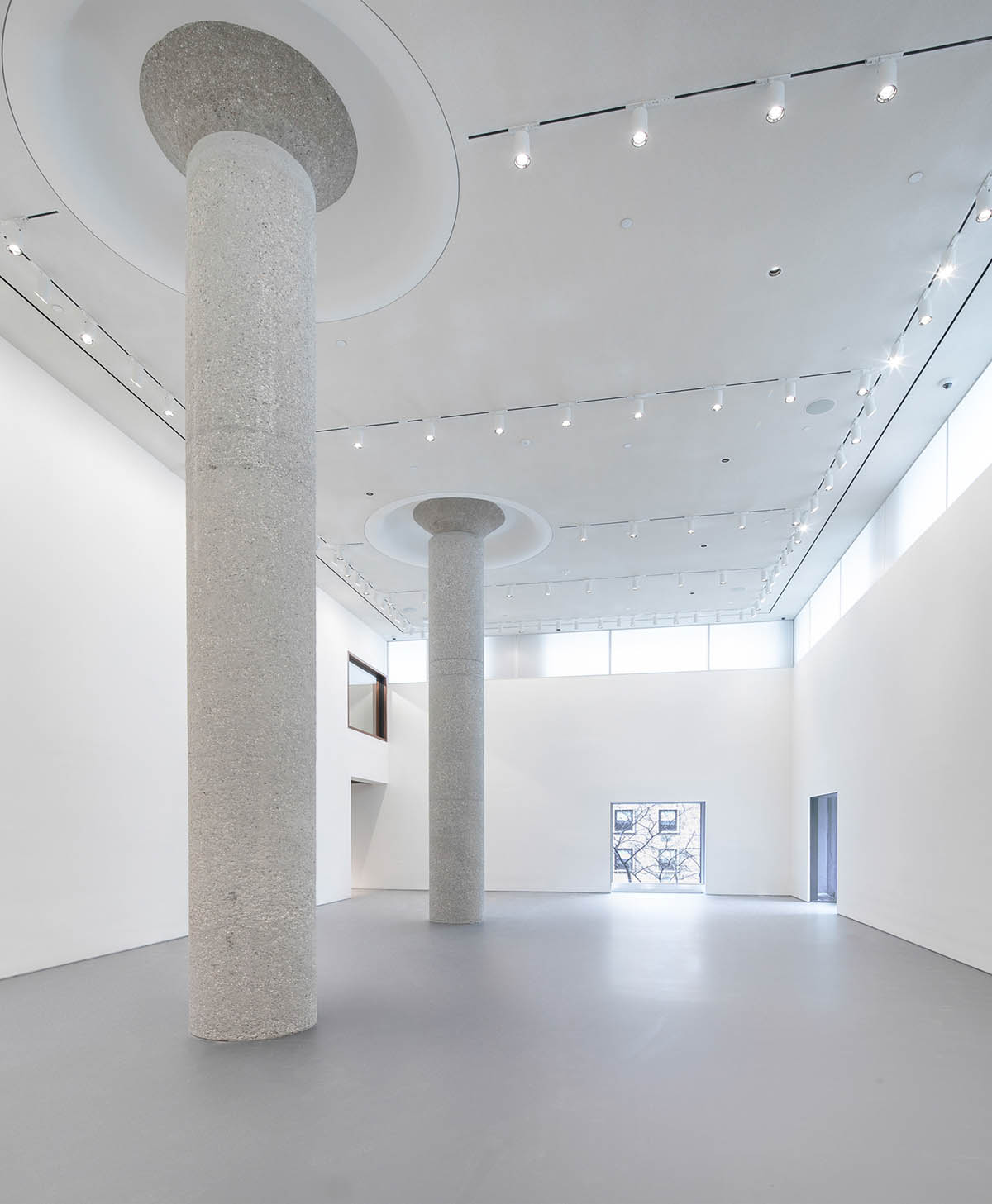
Coinciding with its 275th anniversary, the new galleries will display exhibitions and auctions of Impressionist & Modern and Contemporary Art, debuting 90,000+ square feet (over 8,360 square meters) of new exhibition space across four floors.
OMA's redesigned-scheme features vast new exhibition galleries that address the complex needs of Sotheby’s as the world’s premier commercial space for viewing and acquiring a diverse collection of fine art, precious objects, luxury goods and more. Comprising 40 galleries of varying sizes spread across four entirely transformed floors, the new space will rival major museums around the world in scope, scale, quality and flexibility.
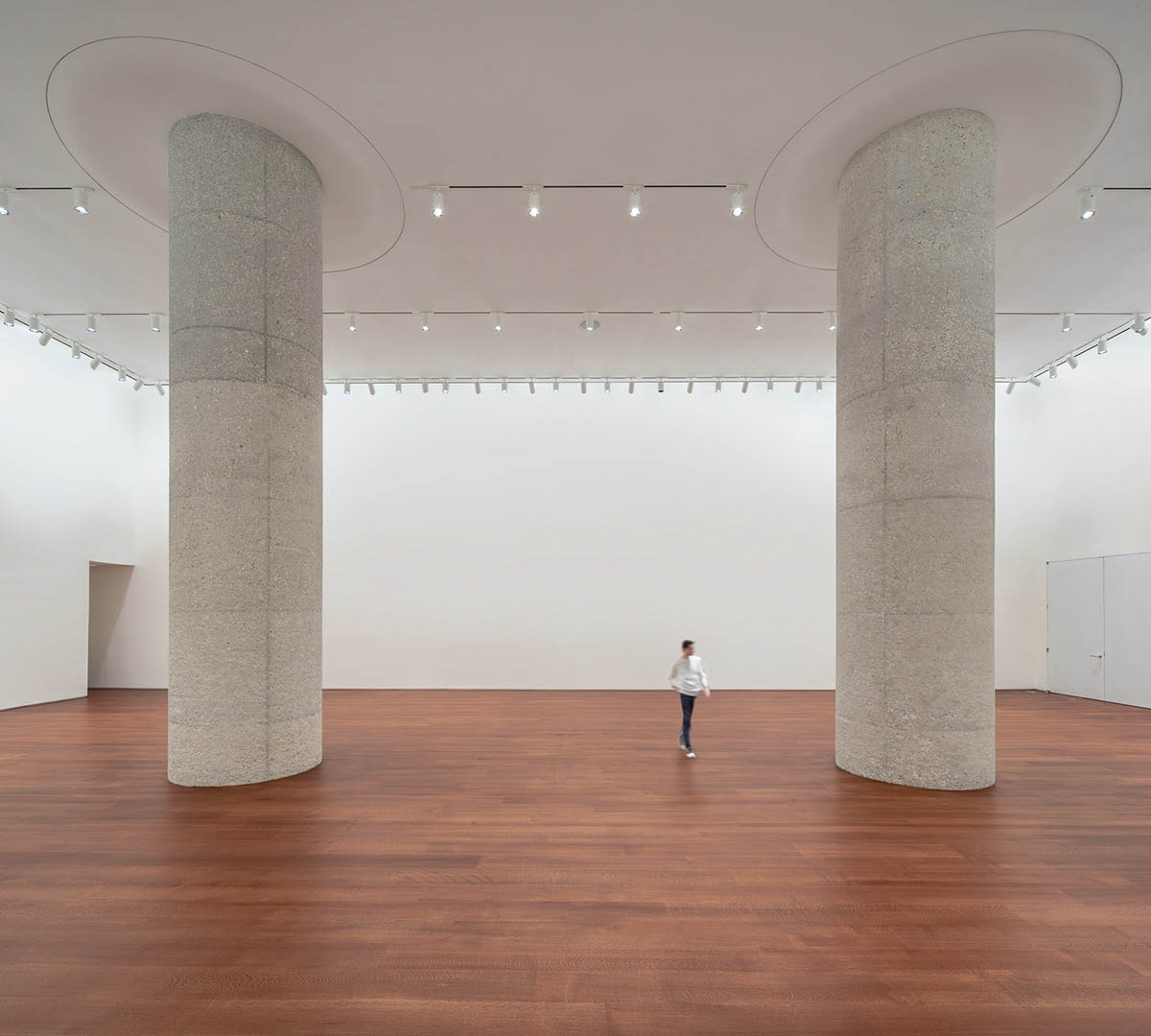
"We wanted to embody Sotheby’s ambition to reinvigorate and enhance the client experience by introducing high-flexibility through reorganization of programs and diversification of gallery spaces. The new headquarters is designed for openness and discovery—all public facing programs are shifted to lower levels, unlocking the public potential of the building," said Shohei Shigematsu.
"A taxonomy of galleries can be used separately or as clusters to allow curatorial freedom, driven by business model shifts and expanding repertoire of programming."
OMA's conceptual proposal clarifies the overall flow through the building by surgically restacking and consolidating complementary programs while freeing up space for improved connectivity and openness—new retail, gallery and client spaces span the first four floors to better engage clients and visitors.
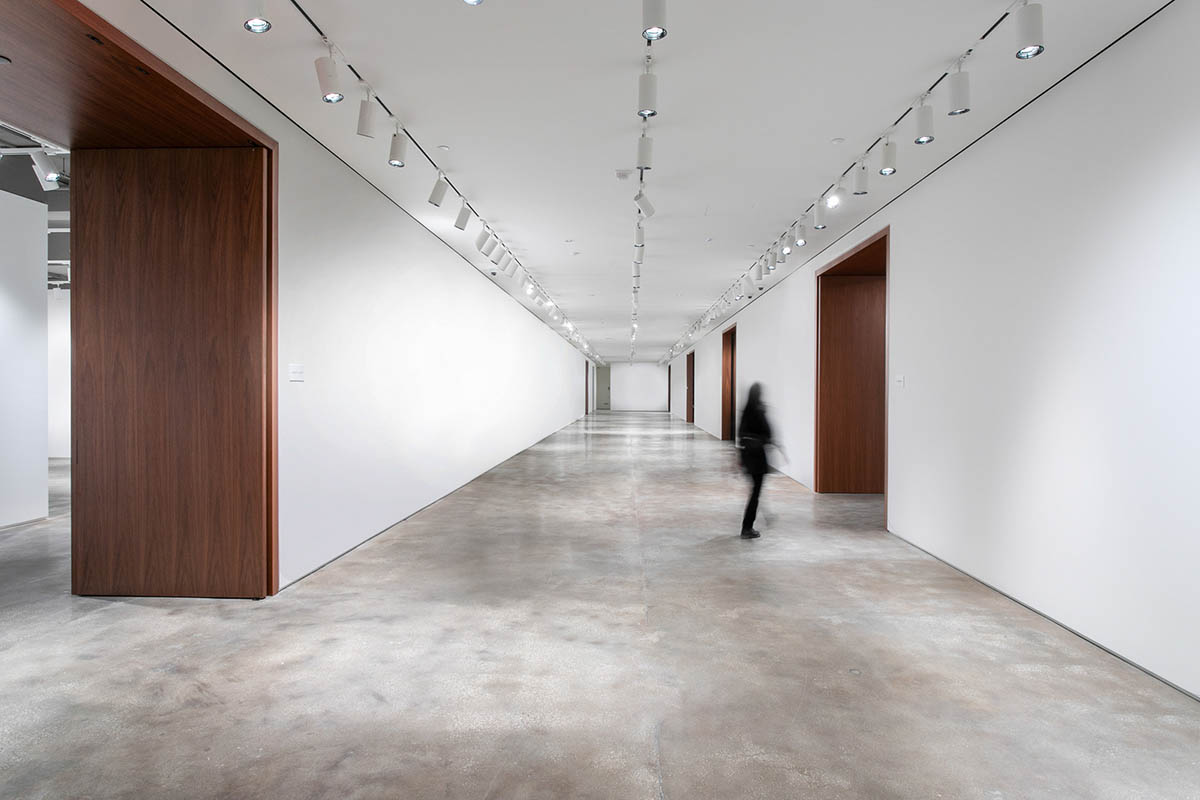
Flexibility in architecture is often defined through adaptable or moveable elements within blank spaces, so that anything can happen anywhere.
What results are more often than not characterless environments that fail to work perfectly for any specific program or use. Rather than flexibility through genericity, OMA’s key ambition for Sotheby’s new galleries was to establish flexibility through diversity.
Across the bottom four levels of Sotheby’s headquarters, 40 new galleries of 20 distinct types ranging in size, scale, material, and form respond to the different types of sales, exhibitions, and events.
The level of the first floor is raised, with a new double-height gallery to create a seamless connection between the street and exhibition. This gallery immediately connects to the second floor, through interior windows that look from the second floor down to the first floor space, providing visitors with a unique vantage point to view art.
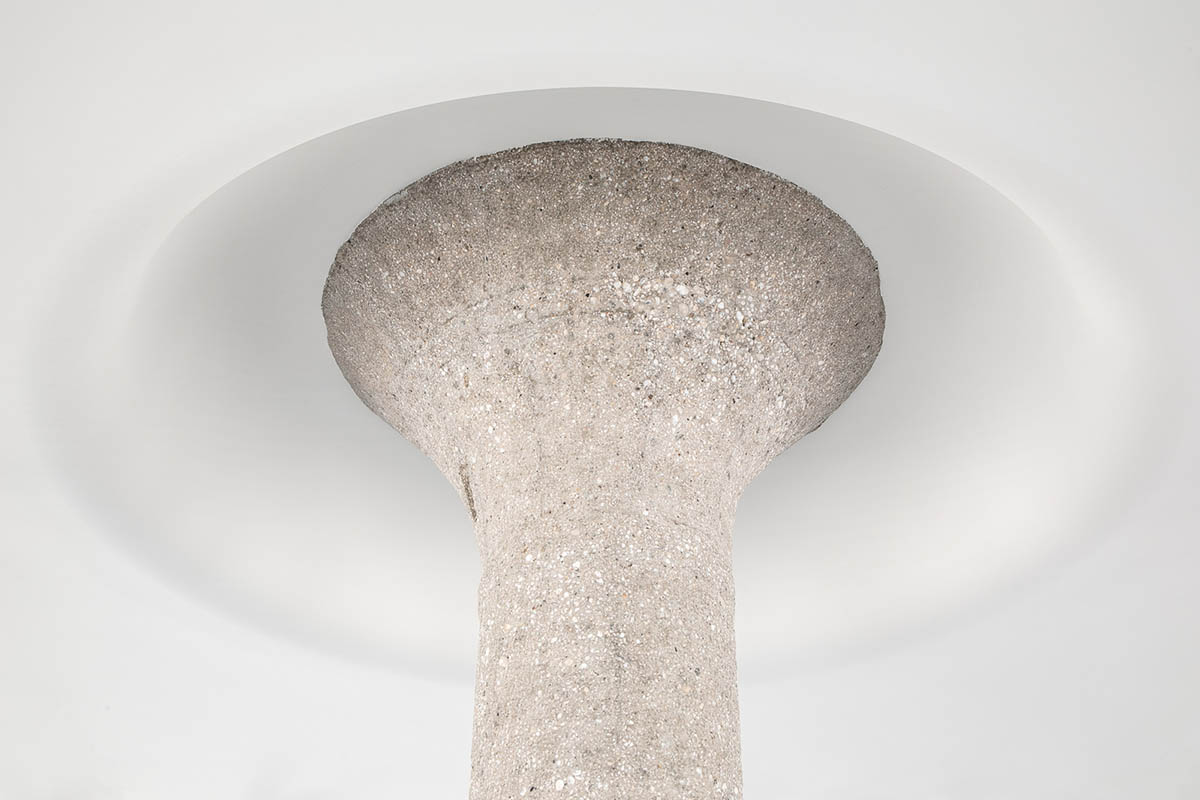
A dynamic repertoire of spatial conditions for display—from white cube, double height, enfilade, corridor, cascade, octagonal and L-shaped—can be used individually or as clusters, to accommodate various programming as well as the display of Sotheby’s diverse portfolio. Individual gallery clusters can be closed for art install while the majority of the floor remains open for exhibition, enabling a rapid and efficient turnover of exhibition spaces which is typically every 3-4 days.
The redevelopment also introduces a new aura for Sotheby’s as a part of the institution’s global program of concurrent enhancements in London and Paris. Entry into gallery clusters is defined at their thresholds with custom stained walnut panels and doors, a nod to the traditional woodwork found at Sotheby’s London.
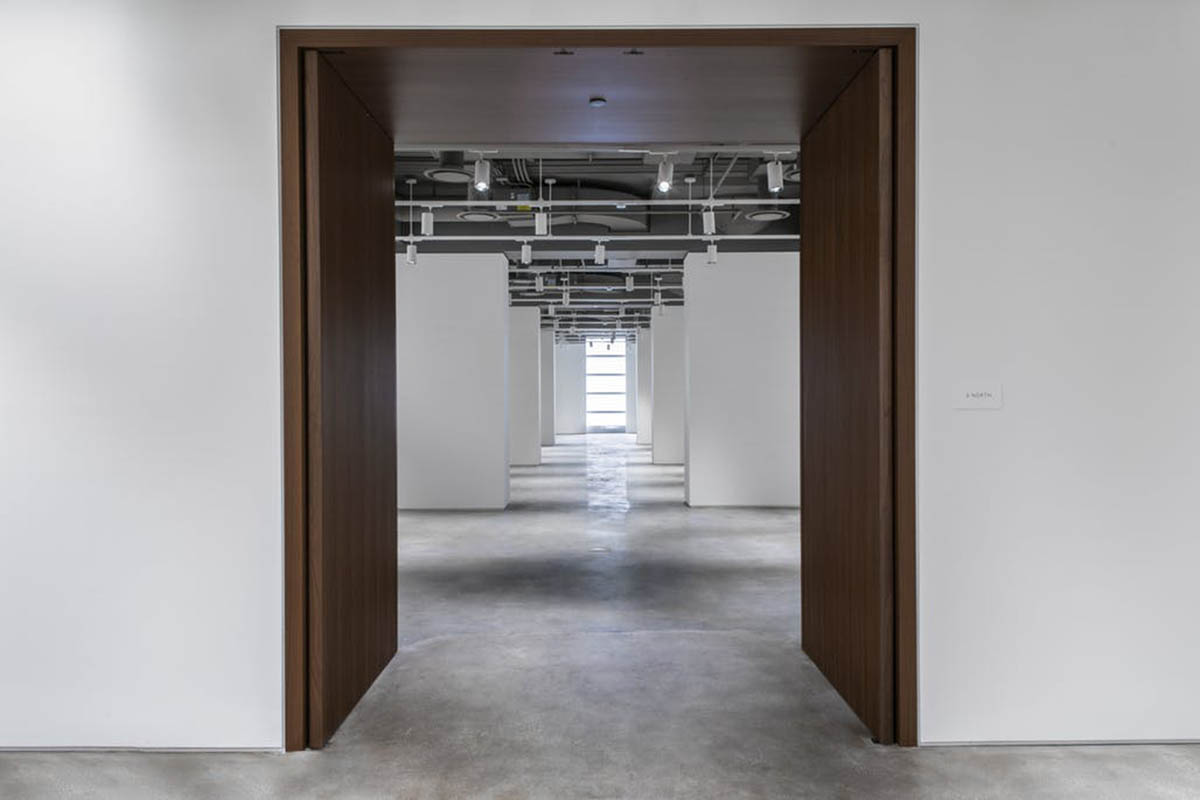
Simultaneously, the history of the building at York Avenue is not ignored. Existing concrete columns are exposed, stripped, and hand stippled to reveal their material character, and steel beams in open ceiling galleries are left exposed, acknowledging the building’s industrial past.
The inaugural marquee May exhibitions of Impressionist & Modern and Contemporary Art will be on view and accessible to the public until May 14, 2019.
All images © Brett Beyer Photography
> via OMA
